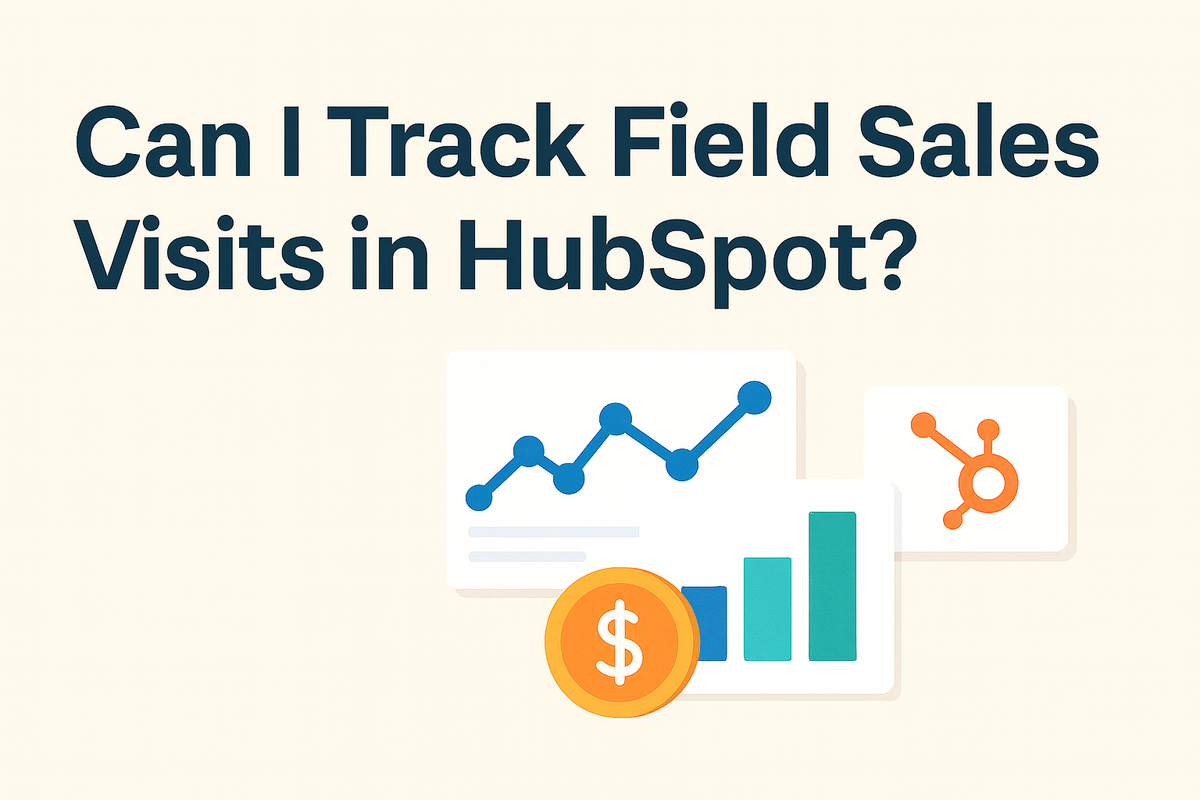5 Reasons Sales Reps Hate Updating the CRM (and How to Fix It)

Salespeople get into sales to sell — not to fill out forms. Yet CRM updates are still part of daily life for every rep.
The problem isn’t attitude; it’s workflow. Manual data entry slows momentum, interrupts selling time, and rarely adds immediate value for the rep doing it.
Here’s what the data says, and how teams can make CRM updates — especially for field sales — simpler and faster.
1. Too Much Admin, Not Enough Selling
The latest State of Sales report from Salesforce found that reps spend only 28% of their week actually selling, with the rest consumed by meetings, research, and data entry.
When CRM updates compete with client calls, updates lose every time.
The fix: Automate repetitive data capture — like visit logs, follow-up tasks, and meeting notes — so reps can stay focused on conversations, not clicks.
2. CRM Interfaces Aren’t Built for Speed
Desktop-first CRM design works well for inside sales, but not for reps on the move.
According to HubSpot user discussions and community feedback, many field reps still rely on notes or spreadsheets during the day, then update HubSpot later — if they remember.
The fix: Give reps mobile-first tools that capture the essentials — location, time, quick notes — immediately after a meeting. A 30-second log on the spot beats a half-hour recap at 6 p.m.
3. Manual Logging Creates Incomplete Data
Even when reps intend to keep data clean, manual entry invites errors.
IBM estimates that bad data costs U.S. businesses over $3 trillion each year, largely due to incomplete or inaccurate CRM information.
The fix: Replace manual updates with structured inputs or automated syncs. For example, a simple mobile check-in that auto-creates a “meeting” activity in HubSpot ensures consistency without extra effort.
4. Reps Don’t See Immediate Value
From a rep’s perspective, CRM updates often feel like admin that helps management, not them.
But missing data also means missed credit — if a visit isn’t logged, it effectively didn’t happen. That disconnect hurts morale and coaching.
The fix: Surface value back to the rep. Dashboards showing personal visit history, follow-up tasks, or conversion stats help reps see that logging benefits their pipeline too.
5. Context Is Lost When Notes Pile Up Later
Field reps juggle multiple visits per day. Entering everything hours later means lost details and weaker follow-ups.
A Harvard Business Review study on sales performance found that timely documentation directly correlates with improved close rates because reps remember nuance.
The fix: Capture notes right after the meeting — even quick voice memos or short summaries. Syncing those instantly into HubSpot keeps customer context fresh and actionable.
The Bottom Line
CRM friction isn’t a motivation issue — it’s a design issue.
When logging takes too many steps, data quality drops. When it happens automatically, adoption soars.
That’s why tools like VisitHub exist: to help reps log field visits in seconds and sync them directly to HubSpot — no lost context, no end-of-day admin marathons.
Join our waiting list to get early access and updates.